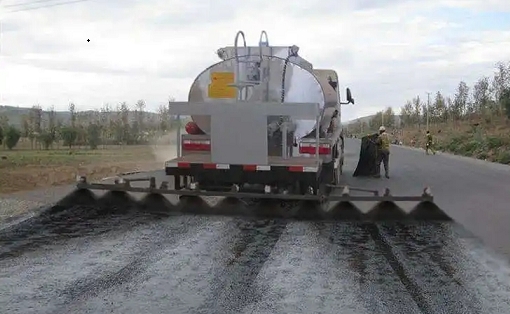Brief analysis of PC-2 emulsified bitumen
There are many types of emulsified bitumen, and PC-2 is one of them, which is a spray-type emulsified bitumen. It is used for spraying oil through the base layer of granular materials and health care spraying on semi-rigid base layers. There is also the PA-2 type, which has the same purpose as the PC-2 type. The difference is that the PC-2 type is a cation, while the PA-2 type is an anion.
There are many types of emulsified bitumen, and PC-2 is one of them, which is a spray-type emulsified bitumen. It is used for spraying oil through the base layer of granular materials and health care spraying on semi-rigid base layers. There is also the PA-2 type, which has the same purpose as the PC-2 type. The difference is that the PC-2 type is a cation, while the PA-2 type is an anion.
Some friends may ask, why is my emulsified bitumen different from other people’s? PC-2 generally has two types, namely medium cracking and fast cracking. The bitumen emulsifiers used in their production are different, resulting in different demulsification speeds and different natural coagulation speeds, but the effect is still the same. If the effects are different, then the root cause lies in the raw materials, and there is no other possibility. When selecting emulsified bitumen, you should first consider its performance, such as: three major indicators and storage stability. As for which one to choose, just choose according to the construction requirements, no need to worry.
Emulsified bitumen is a non-dangerous product, and it is sufficient to ensure that there is no leakage and contamination of other goods during transportation. Generally, bitumen tankers or barrels are used for transportation. Bitumen tankers do not need to be heated when transported.
Thank you for reading this article. Do you have any questions after reading this? If yes, then leave a message to discuss! If you need to know about other products, you can follow this website or read previous articles.



































